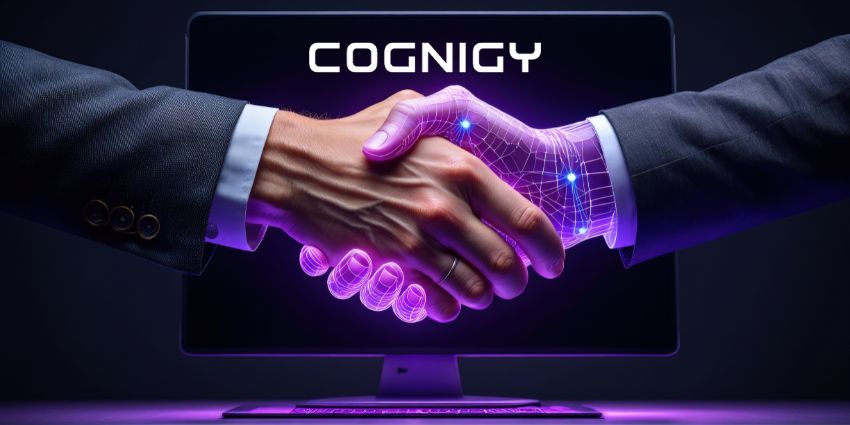In recent years many organisations have embraced new technology that allows customer queries to be handled by ‘intelligent’ systems rather than human beings. Delivered via the internet or through IVR systems, today’s technology not only can interpret written and spoken word, but also gauge the sentiment of the customer. This is a major step forward and one likely to continue for many decades to come.
Some organisations have honed their systems to the point where ‘chat-bots’ are indistinguishable from a human being. Is ‘Ashok’ a real person or a clever piece of software?

Unfortunately, there are, however, a set of processes that are so complex that a piece of smart software similar to a real agent cannot cut the mustard. Trying to understand your options when dealing with healthcare schemes, pension contributions, mortgage applications is not easy – no matter what the skills of the programmer are! There are also scenarios in which humans should not be replaced. Listening out for upsell/cross-sell signals or dealing within unhappy customers is not the realm of IT – at least not yet.
The fact is that chatbots, sentiment analysis and intelligent voice recognition systems have their place – but organisations must also accept that hand-off to a human may be both required and desired.
The latest trend for those who are seeking to further improve customer satisfaction is to find a way to hand-off at the right time with the right information. I have personally experienced situations in which the ‘chat’ was unlikely to resolve my query and I just wanted to ‘speak’ to someone. For a large scale call-centre this means that the information that has been gleaned by the bot (e.g. name, address, product type, query etc.) needs to be converted into a form that can be surfaced within the applications used by the call centre agent. This then, is ‘bot-handoff’ – the integration between IT system and agent during which all relevant information is quickly transferred and desktop applications are immediately oriented to the right customer, the right product, the right context etc. This is not trivial – particularly when there are many different applications on the desktop – many of which may not talk to each other.
Thankfully, the IT world can help solve this problem too! In recent years, the ‘interop’ movement has made it possible for any application on the desktop to track a customer journey such that when the bot gives-up (or is told to give up!) then agent gets to see just the right applications with the right data. In simple terms this can mean no need to perform ID&V checking – but can also mean that the agent is already prepared to interpret the request and be ready with a response.
Over the next few years, the ‘intelligence’ of bots will increase – but the smart organisations are those that appreciate that humans will always be required. In these cases, the contact centre becomes the domain of the complex processes, the processes that need the human touch, the processes that are too variable to manage in any other way.
Sure, in fifty years time, this article will no doubt look somewhat silly. How was it that computers couldn’t manage these kind of interactions? Was there ever a time in which computers did not understand everything? Well, depending upon your outlook, this situation does not exist today, for good or ill.
 Guest Blog by James Wooster, COO, Glue42
Guest Blog by James Wooster, COO, Glue42
Glue42 (a subsidiary of Tick42) is a rapidly growing software and services vendor based in London, New York and Bulgaria. Our mission is to treat PC desktop environments as first-class citizens, delivering optimised user-experiences that delight end-users and reduce operational costs.







